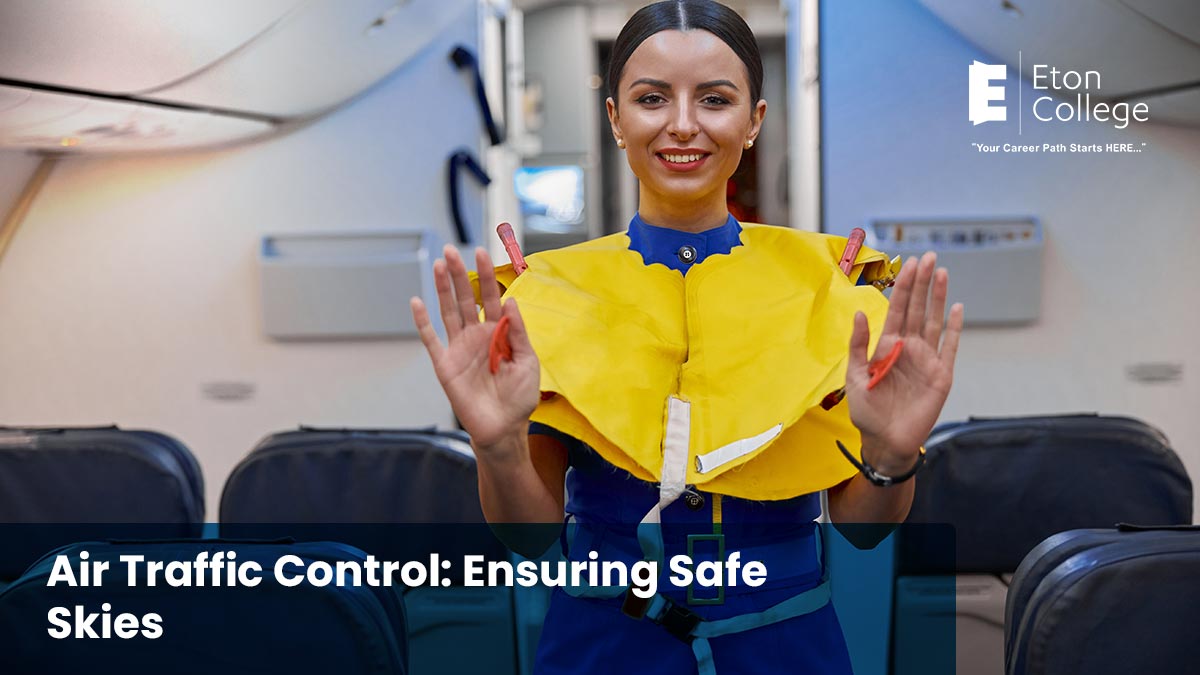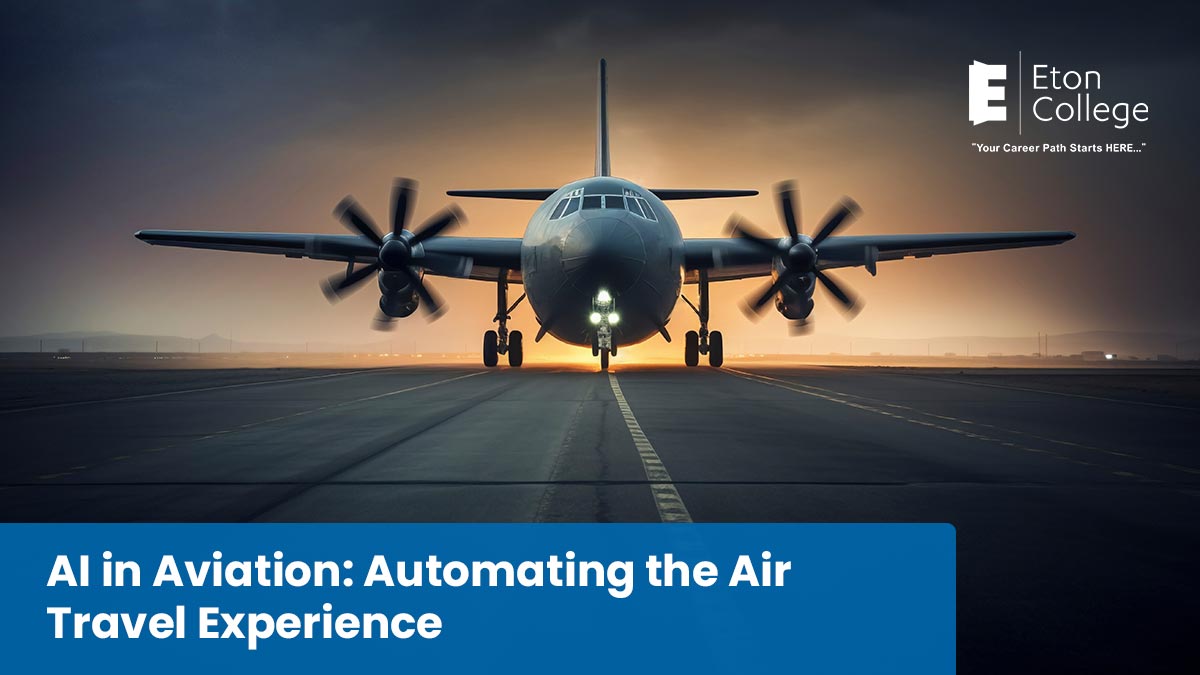- Air traffic control (ATC) plays a crucial role in ensuring aviation safety by guiding aircraft during takeoff, flight, and landing.
- ATC uses advanced technologies like radar and satellite tracking to manage multiple flights and prevent collisions in the air.
- Innovations in ATC technology, including automation, are set to further enhance aviation safety and improve operational efficiency.
- Air traffic controllers also handle emergency situations by rerouting flights or providing priority guidance to ensure safe landings.
- Flight attendants collaborate closely with flight crews and air traffic controllers to ensure passengers remain informed and safe during flight changes.
Air travel is one of the most common modes of transportation, with thousands of flights taking off and landing across the world daily. While passengers often focus on the in-flight experience and the flight attendants who provide exceptional service, the smooth and safe movement of these aircraft relies heavily on an unseen but crucial element of the aviation industry—air traffic control (ATC).
The Role of Air Traffic Control in Aviation Safety
Air traffic control plays a critical role in aviation safety, guiding aircraft during takeoff, flight, and landing to prevent collisions and ensure orderly traffic in the skies. ATC personnel coordinate and manage the safe movement of planes both in the air and on the ground, using a combination of technology and communication to ensure the safety of all passengers, flight crews, and the aircraft itself.
In the world of air traffic management, controllers have to monitor multiple aircraft at once, maintaining safe distances between planes while considering weather conditions, flight paths, and airport traffic. This essential service prevents accidents, optimizes routes, and contributes to the overall efficiency of air travel.
How Air Traffic Management Works
The job of air traffic controllers is to ensure aircraft move safely and efficiently across the skies. This involves coordinating closely with pilots and ground crews to monitor flight paths, weather changes, and other factors that could affect flights.
Controllers give clear instructions, including when planes should take off, land, or change altitude, ensuring that there is enough distance between all aircraft. They also work in tandem with flight attendants, pilots, and other airline personnel to keep communication clear during emergencies.
With global travel increasing, the role of air traffic management is becoming even more vital to support safe and efficient air travel. Modern technologies like radar systems, satellite-based tracking, and automated flight tracking systems help air traffic controllers make real-time decisions that protect lives and keep operations running smoothly.
The Importance of Coordination Between Air Traffic Controllers and Flight Crews
A critical aspect of aviation safety is the seamless coordination between air traffic controllers and flight crews, including pilots and flight attendants.
Air traffic controllers provide real-time instructions to pilots regarding altitude, speed, and flight path adjustments. This communication is crucial for navigating safely through air traffic, weather changes, and unexpected situations.
By maintaining constant communication, air traffic controllers ensure that pilots have the guidance needed to avoid potential conflicts in the sky, while the flight crew focuses on managing in-flight safety and comfort.
Flight attendants play a key role in maintaining passenger safety during turbulence, emergency landings, or rerouting. Clear communication between the ground and flight crews ensures everyone is informed and prepared, supporting aviation safety and keeping passengers secure.
ATC and the Future of Aviation
The future of aviation relies on innovations that enhance aviation safety. With ongoing developments in air traffic management systems, the industry is focused on increasing automation and precision. These advancements aim to handle the growing volume of air traffic while reducing delays, improving fuel efficiency, and minimizing environmental impact.
This rise in automation doesn’t mean that the role of human air traffic controllers will diminish. On the contrary, it emphasizes the need for specialized training and sharp decision-making to manage complex and unpredictable situations.
Pursue a Career in Aviation
While air traffic controllers work diligently behind the scenes to ensure safe skies, flight attendants are another key part of ensuring passenger comfort and safety. If you’re inspired by aviation safety and would like to play an important role in this exciting industry, consider becoming a flight attendant.
Eton College offers a comprehensive Flight Attendant Preparation Program designed to equip you with the skills and knowledge necessary for a rewarding career in the aviation industry. From safety procedures to in-flight service, Eton College provides hands-on training that prepares aspiring flight attendants for the challenges and rewards of the profession.
FAQs
- What is air traffic control (ATC)?
Air traffic control is a service provided to manage and monitor the movement of aircraft to ensure their safe operation both in the air and on the ground.
- How do air traffic controllers communicate with pilots?
Air traffic controllers communicate with pilots via radio communication systems, providing instructions for takeoff, landing, and in-flight maneuvers.
- What qualifications are needed to become an air traffic controller?
Air traffic controllers typically need specialized training and certification, including knowledge of aviation safety, radar systems, and communication protocols.
- How does air traffic control contribute to aviation safety?
By coordinating and guiding aircraft, air traffic control ensures that planes are safely separated, avoiding collisions and maintaining efficient flight operations.
- What is the difference between air traffic management and air traffic control?
Air traffic management is a broader term that includes air traffic control, airspace management, and air navigation services, focusing on the efficient operation of the entire air traffic system.




